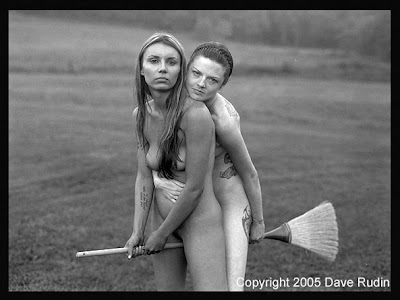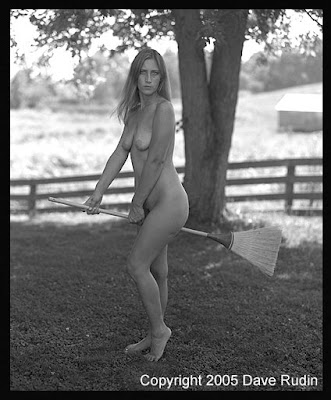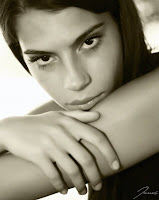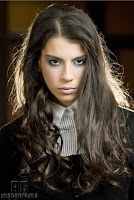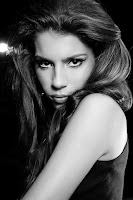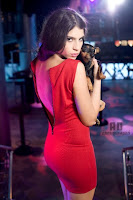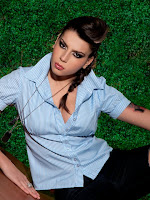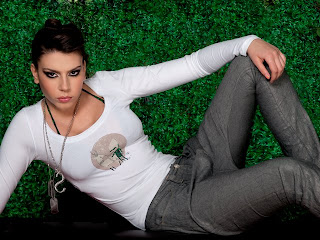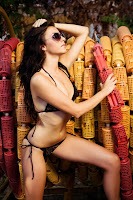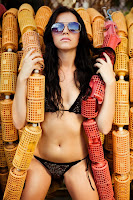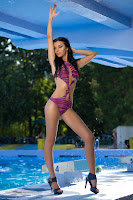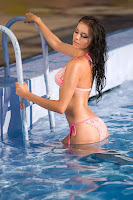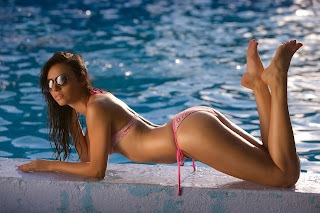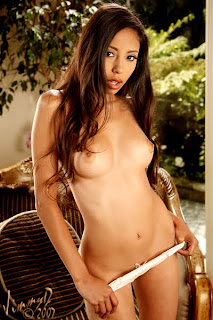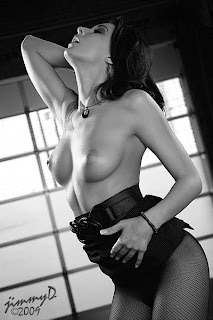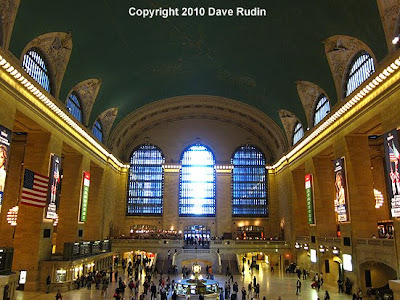
Lots of things have
sweet spots. The term,
sweet spot, originated with sporting equipment. It generally refers to things like baseball bats, tennis rackets, golf clubs, and so on. When you hit a ball with your bat, racket, or club, and contact is made with the ball precisely at the
sweet spot, you know it immediately because it feels, well, really sweet! Not only does it feel sweet, it's also the optimum point to make contact with the ball delivering the best response. In baseball, most home runs happen when a batter swings and makes powerful and smooth contact with the ball at the bat's
sweet spot.Like many words and terms, using the term
sweet spot has evolved and can be applied to many things in many ways. When you refer to a thing's
sweet spot, people generally know exactly you're talking about.
In photography, there are a few things that can be defined as having
sweets spots. A specific aperture for a given lens, for instance, has a
sweet spot. Generally, it's an f-stop, usually somewhere in the middle of the lens's range of apertures, where the sharpest images will be captured. Digital cameras also have
sweet spots: They mostly refer to the optimum ISO, usually ISO 100 or ISO 200, that produces the best results.
I've noticed, after many years of shooting many pretty girls, there's a point during a shoot that I refer to as its
sweet spot. It's a point in time -- not simply a point in time but a duration of time -- that can be fleeting or last for a fair while. It's when the model truly gets into her
groove and magic happens!
I've trained myself to be constantly on the lookout for the
sweet spot time during production shoots. I've become very sensitive to this glamour-photo-phenomenon. I've gotten to the point where I can usually and intuitively feel it coming and know, precisely, when it has arrived. Even if I don't sense its imminent arrival, when it does happen I always know it when I see it. (Or know it when I feel it.) I'm keenly aware that when the model, the lighting, my shutter-clicking rhythm and everything else is in the grip of the
sweet spot, it is that time, most likely, when
The Shot will be captured.
When I realize I'm suddenly clicking my shutter during the
sweet spot, knowing the best work from a shoot will more than likely be captured, I consciously put myself into hyper-drive. No, I don't mean I become "hyper" as in a nervous-like emotional or psychological condition. What I mean is I force my brain to go into (what I can only describe as) hyper-drive: A condition where I force my senses, focus my energy, and pay even more critical attention to what's in my viewfinder. I also become super-sensitive to how I'm composing my shots, trying my best to be in touch with spontaneous creativity, all the while moving and jumping quickly to whatever
Angle of Attack (i.e., my shooting angle and/or perspective) that, I hope, will yield the best results. During this time, I try to take every advantage of those many or few moments the
sweet spot exists by being the best shooter I can be.
If there's ever a time during a photo shoot to "feel the force," it's when you know a shoot's
sweet spot has arrived! I think most experienced photographers know what I'm talking about with all this
sweet spot stuff. It would be difficult to describe, in specific terms, how to recognize the
sweet spot. For many, certainly for me, I know it when I see it or feel it. It's probably like that for many of you as well.
Even though I cannot exactly describe how to recognize the
sweet spot, I think simply describing its existence might help some of you be on the look-out for it. Granted, it's often quite subtle. Sometimes, however, it's so powerful I have a hard time believing any photographer would not realize it's happening when it's happening. Regardless, now that you're aware of it (if you were not already) I believe you will quickly become sensitive to it and aware of when it happens.
Perhaps all this
sweet spot stuff, as it applies to the dynamics between model, photographer, gear, and environment during a production shoot, sounds a bit metaphysical, ethereal, or transcendental? I hope not. For me, it's very real, almost tangible. I rarely fail to know, no matter how subtly it reveals itself, when it's in front of me. It's a connection to the moment, hopefully many more moments than a single moment, between the model and me, that is, "me" as in my camera. As I already mentioned, a shoot's
sweet spot is when the magic happens. Learn to recognize it. Don't let it pass you by without taking every advantage of its temporary existence.
Although there's no telling when, during the course of a shoot, the
sweet spot arrives, once it does arrive it does not often last until you're done shooting. Most models get into their
sweet spot time but don't often continue in it for as long as we might like. Whether it's because they begin to tire or lose (keen) interest or something else I can't put a finger on, their
sweet spot durations tends to be finite in length.
The gratuitous eye-candy at the top is Kat. She's got plenty of
sweet spots! By the way, if you have a few spare moments, check out the article I wrote for Pro Photo Resource. It's called,
"Glamour Photography: Keep It Simple, Keep It Strong." There's plenty of terrific articles on Pro Photo Resource. It's a great place for photographers to learn and expand their levels of awareness of this this thing we do, this photography thing.

 Blurb website, where you can order a copy. Information can be found by clicking here, and a full preview of the book can be seen here.
Blurb website, where you can order a copy. Information can be found by clicking here, and a full preview of the book can be seen here.  Blurb website, where you can order a copy. Information can be found by clicking here, and a full preview of the book can be seen here.
Blurb website, where you can order a copy. Information can be found by clicking here, and a full preview of the book can be seen here.  hough, as this discount offer ends on November 2 – tomorrow! The discount code to use is BOOKIFY. I used this code to purchase my copy of the book and it works.
hough, as this discount offer ends on November 2 – tomorrow! The discount code to use is BOOKIFY. I used this code to purchase my copy of the book and it works. 




